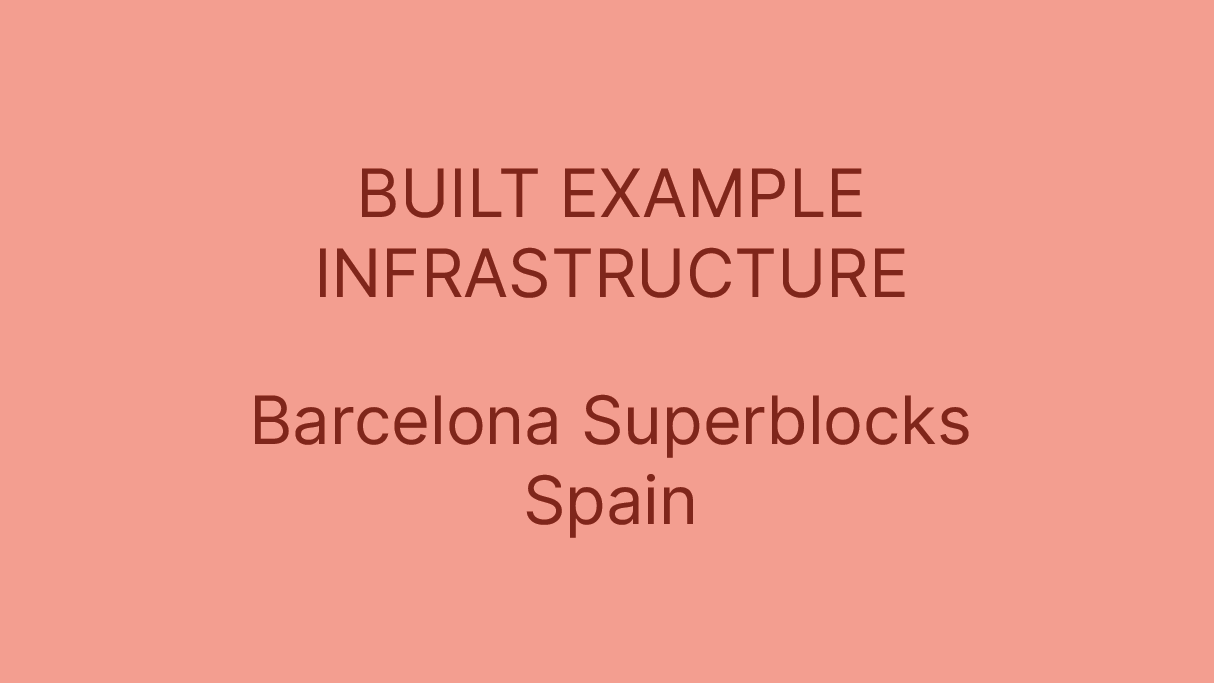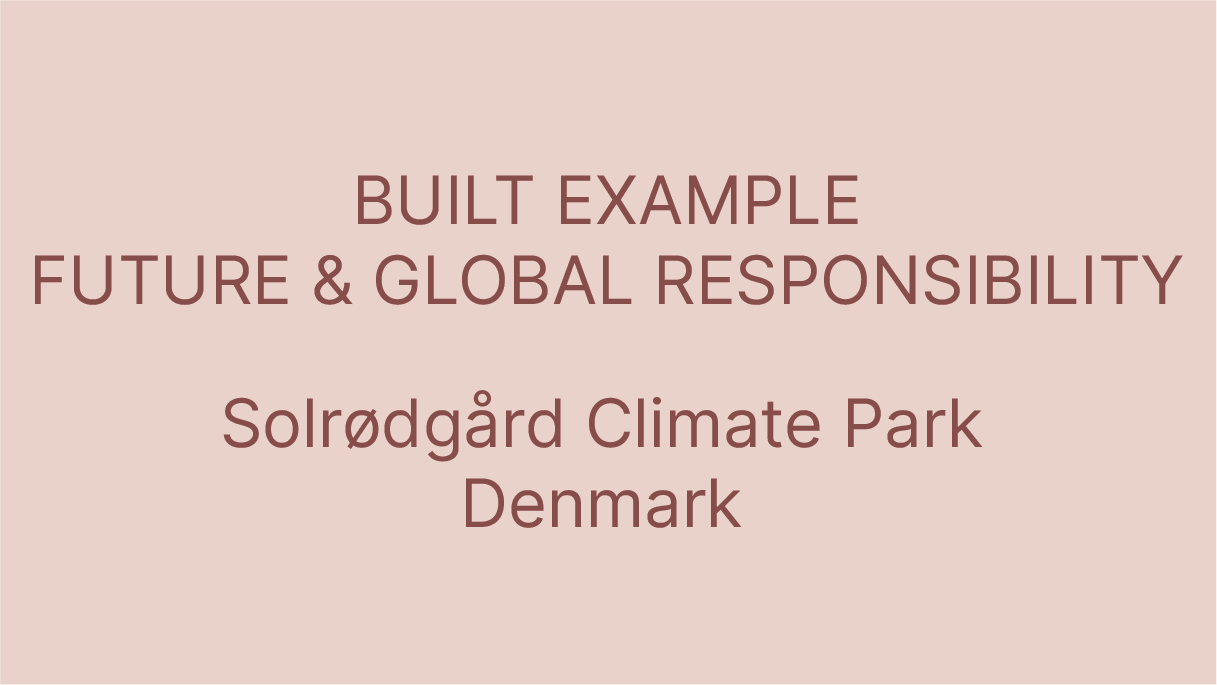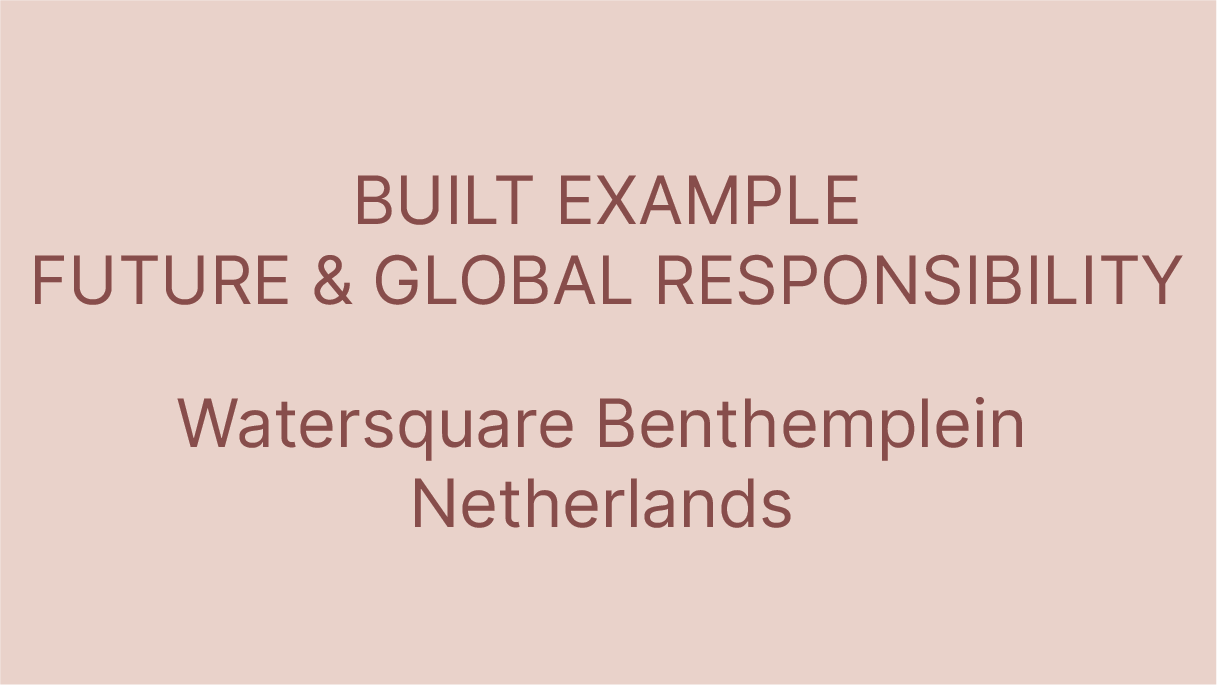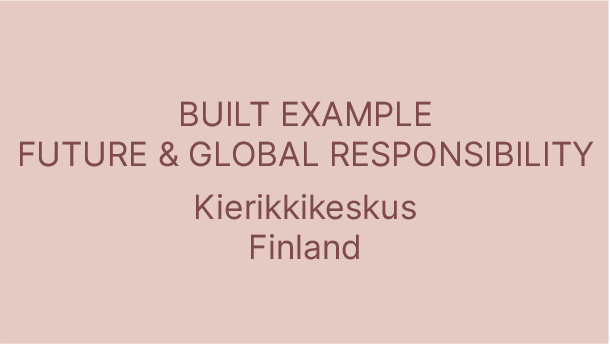test for flowpaper
The Sanya Mangrove Park project exemplifies a holistic approach to climate change adaptation, addressing the intersection of ENVIRONMENTAL degradation, urban development, and green and blue INFRASTRUCTURE. Situated in Sanya, China’s Hainan Province, the project transforms a former landfill enclosed by concrete flood walls into a thriving mangrove ecosystem and public park. Through innovative design strategies such as interlocking finger-like landforms and terraced landscapes, the project attempts to mitigate the impact of annual tropical monsoon storms and pollution while enhancing biodiversity and ecosystem services. Moreover, its emphasis on public accessibility and community engagement fosters a sense of environmental stewardship and resilience among residents,
Sanya Mangrove Park
The Sanya Mangrove Park project exemplifies a holistic approach to climate change adaptation, addressing the intersection of ENVIRONMENTAL degradation, urban development, and green and blue INFRASTRUCTURE. Situated in Sanya, China’s Hainan Province, the project transforms a former landfill enclosed by concrete flood walls into a thriving mangrove ecosystem and public park. Through innovative design strategies such as interlocking finger-like landforms and terraced landscapes, the project attempts to mitigate the impact of annual tropical monsoon storms and pollution while enhancing biodiversity and ecosystem services. Moreover, its emphasis on public accessibility and community engagement fosters a sense of environmental stewardship and resilience among residents,
GrowNYC Teaching Garden
The GrowNYC teaching garden is an urban farm located on Governors Island, that welcomes visitors to an educative and immersive experience of growing food sustainably within the city. Besides organised field trips for planting, harvesting and cooking (mainly for students), the garden is open to the public on the weekends of the summer season. Part of the produce is donated to food pantries and distributed to various boroughs in New York.
Mellor Primary School
The Mellor School extension demonstrates an exemplary approach to almost all of the climate emergency design themes. Firstly, with the use of MATERIALS such as timber in many forms, from the glulam “portal frames” to the red cedar shingles on the roof. It also uses strawbale for the insulation to external walls. This palette of materials ties into the school’s forest school teaching and learning ethos.
Barcelona Superblocks
Barcelona Superblocks is an urban design principle that prioritises people over cars, improving the public realm of neighbourhoods, reducing reliance on vehicles and promoting alternative modes of transport. Subsequently this reduces pollution and CO2 emissions in the city of Barcelona while allowing for an increase in the levels of green space available for residents. The principle takes 9 city blocks and combines them into one Superblock bounded by major road networks. Within the Superblock people are given priority – two lane roads are reduced to one with the former car lane transformed into new green urban spaces.
Makoko Floating School
The Makoko floating school was a prototype floating structure in the Makoko community, which is largely built on the water of the lagoon of Lagos. In its short lifespan it became a symbol of the community, an internationally praised work of architecture but also an example of how architecture can fail to deliver what promised.
The Climate City
The Climate City is a project that uses climate adaptation strategies (specifically rainwater management) as the backbone for the urban development and regeneration of Middelfart. The project provides different rainwater management solutions for three different areas of the town, ranging from changing existing street paving permeability to the design of a new landscape park.
Inverted House
The Inverted House, designed by a group of students from the Oslo School of Architecture and Design (AHO) as the winning entry to the LIXIL International University Architectural Competition, embodies the theme of “House for Enjoying the Harsh Cold.” This experimental guest house in Hokkaido challenges traditional notions of domestic space by minimising heated interiors and embracing the cold winter environment as an integral part of the living experience.
Solrødgård Climate and Environmental Park
The aim of Solrødgård Climate and Environmental Park is to combine nature and technology. The park is perceived as a coherent landscape, with pockets for the individual functions. The Park houses a new headquarters for Hillerød Utility Company, a wastewater treatment plant and a recycling centre. The future plan is to expand with a geothermal system, water plant, photovoltaic power station and a number of demonstration plots. Visitors to the Climate and Environmental Park are invited to explore close-up the various utility functions and processes, such as water treatment and the generation of green energy – energy cycles which are fundamental to daily life.
benthemplein-water-square
Benthemplein water square is a shared public amenity and recreational space, which has been described as the world’s first ‘water square’. It is cleverly designed to attenuate surface water and mitigate against the threat of flooding whilst also providing a dynamic and flexible public amenity space.
Pikkufinlandia
Pikkufinlandia, or Little Finlandia, is a temporary building made to substitute some of the spaces of the actual Finlandia Hall while it undergoes its renovations. Through an innovative use of tree trunks as columns and designing for flexibility and disassembly, the building ensures that it will faithfully serve some of the original hall’s programmes, while also being adaptable enough to find new use on a new site when this function ends with the reopening of Finlandia Hall.
Kierikkikeskus
The Ii-River Delta was an important fishery and seal hunting hub in the Neolithic era, and the Kierikki Stone Age Centre is built to visualise and educate people about the cultural heritage of the area. Until the beginning of the 20th century, nearly all the common buildings in Finland were log framed, and the Kierikki area is the home of the earliest archaeological findings of sophisticated timber structures in Finland, dating back 5000 years. Kierikki Centre’s stepped pyramid shape, and traditional stacked log construction is a nod to architectural history. There is also a stone age village built next to the centre, displaying the lifestyle, dwellings, and hunting techniques of the time. The centre is built using local materials, local workforce, and honouring local history.
Adaptable Infrastructure
Adaptability ensures that infrastructures keep meeting an individual’s, community’s and society’s changing needs over time, but also includes adapting to a changing climate. Adaptability ensures longevity: it reduces risk of premature building obsolesce and demolition when they no longer meet our needs (because they can be adapted) – this is part of circular thinking and climate change mitigation and adaptation approaches. Adaptability reduces transient communities and supports stability, diversity and community cohesion, this is also part of creating inclusive and equitable infrastructures and long-term resilience. As such your project should put adaptability at its core, at micro, meso and macro-scale. A key aspect of this is the creation of different scenarios and personas over time (e.g., scenarios of possible functions, changing climate, modes of use, etc.) and reflect this in at least one alternative layout (i.e. design) scenario for your project. Ensure that your project also enables future adaptability at different scales.
Whole Life Carbon Approaches
Embodied carbon is the carbon footprint of material calculated as multiplied embodied energy by the carbon intensity of the fuel used in production and construction. It is important to reduce both operational and embodied carbon in order to achieve zero carbon buildings. To reduce embodied carbon, we can opt for adaptive reuse of a building or use of reclaimed materials, design structures, services and finishes that are long lasting and adaptable, use materials produced and processed with renewable energy, reduce transportation of materials and products, and undertake embodied carbon and lifecycle analysis. We can also consider using timber frames, bricks, recycled bricks, and rammed earth for low embodied carbon structures.
Life Cycle Assesment
Lifecycle Assessment (LCA) is a methodology used to evaluate the environmental impacts of buildings, products, and materials at all stages of their lifecycle. It looks into resource use, pollution, waste, toxicity to air, water, land, humans and ecology, energy and carbon used for extraction, transportation, and manufacturing, and maintenance, demolition, recycling, and waste disposal. Lifecycle Costing (LCC) is a method to assess the financial impacts of buildings, products and materials at all stages of their lifecycle, including the cost of extraction, transportation, production and construction, maintenance, and replacement. In Denmark, from 2023, LCA will be obligatory for all new buildings with more than 1000 square meters. LCC and Whole Life Costing (WCC) are important to consider the long-term costs and benefits of design decisions, and to take into account the resale value of dismantled building elements for reuse in the future. LCA and LCC are useful to understand and evaluate the impacts of material choices, and make more informed decisions.
Sustainable Sources of Materials
Key points in material selection include aligning with the environment, socio-cultural factors, and economics, while also focusing on local availability, craftsmanship, and construction methods. Priority lies in minimizing resource use, opting for non-toxic, low-energy, and low-carbon materials, like carbon-sequestering timber. Attention to human health and regional construction practices is crucial.
Local availability and climatic suitability often dictate material choices. Investigate local artisans, existing solutions, and production processes for improvements.
To prevent over-harvesting, explore nearby renewable material sources with clean extraction. Certified materials, like FSC timber, uphold sustainability.
Reuse is paramount; existing structures and materials should be considered first. Urban mining views buildings as material banks, advocating for reuse and repurposing of anthropogenic materials. To source reused materials, create a harvest map detailing resources from demolished buildings, recycling centers, and local surpluses.
Circular Design Approaches
Circular design approaches embrace the principles of circular economy, aiming to minimize waste and optimize resource usage throughout a building's lifecycle. This innovative approach challenges the traditional linear "take-make-dispose" model by promoting a closed-loop system. Architectural circularity involves designing structures that prioritize durability, adaptability, and ease of disassembly. Materials are chosen based on their potential for reuse, recycling, or upcycling, reducing the depletion of virgin resources and curbing environmental impact. They also emphasize modular construction, enabling components to be easily replaced or repurposed as needs evolve. This approach extends the lifespan of buildings, enhances their resilience, and reduces demolition waste.
End of Life Scenarios
This talk explores end-of-life scenarios in architectural design, highlighting five essential factors. Firstly, embracing uncertainty in future design involves envisioning diverse scenarios considering climate, life cycles, and technology. Feasible end-of-life plans require mapping structures, recycling options, and user preferences. Climate emergencies call for adaptable solutions with flexibility and reversibility. Secondly, "design for disassembly" advocates creating reusable material banks through systematic dismantling, favouring modularity and prefabrication. Thirdly, recognizing varying element lifespans informs organized design layers for efficient maintenance and disassembly. Fourthly, design principles like modular structures, open systems, and durable joints ensure non-toxic, recyclable materials. Lastly, extending a building's life entails user, maintenance, and disassembly manuals, alongside material passports for informed reuse. Overall, there should be emphasis on foresight, adaptability, and systematic approaches to enhance sustainable architectural practices.
Design for Flexibility
Designing for flexibility in constructing long-lasting buildings aims to create structures that can effectively adapt to changing circumstances, whether due to demographic shifts, climatic variations, or evolving functions. To achieve this, a flexible building should efficiently accommodate diverse scenarios and potential changes without requiring significant alterations. The approach encompasses adaptability, transformability, and convertibility – all contributing to a resilient structure. Designing for climate change adaptation involves incorporating appropriate architectural solutions to withstand disasters and enable swift reconstruction. This necessitates open-ended designs with robust load-bearing capacities, modular expandability, and energy-efficient systems. Moreover, the concept extends to user-centric adaptations, encouraging easy separations and open layouts. Key factors encompass optimal room dimensions, accessible designs, avoidance of built-in fixtures, and effective energy and infrastructure planning. Emphasizing reversible construction and disassembly adds to the approach's sustainability


















